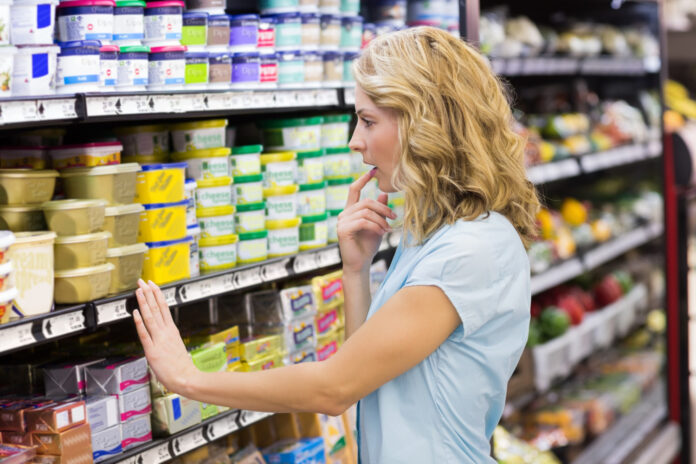While your go-to chip bags get lighter, the pockets of the companies selling them get heavier. Last year, more money was spent on A-brands in supermarkets, despite less being sold.
Do you notice fewer cookies in your packet? Do you feel unsatisfied after one chocolate bar? Don’t worry — it’s not cravings, and you’re not crazy. Instead, it’s something called “shrinkflation”.
What are A-Brands? These refer to products from established and well-known brand names, not the retailer’s own brand. For example, Doritos rather than Jumbo’s tortilla chips.
Snacks get smaller
Shrinkflation refers to the practice of reducing the size of a product while maintaining (or increasing!) its price.
READ MORE | Best supermarkets in the Netherlands: the international’s guide
This phenomenon has been taking over Dutch supermarkets for a while now, as NOS reports. It means that the packaging for items like chocolate, cookies and chips (AKA the essentials 😋) is now smaller, but more expensive.
the amount of air that be in chip bags these days should be illegal.
— mr. bitches (@hewantsken) April 5, 2024
That is how big names like Lay’s, Red Band and Venco are still enjoying significant turnover, despite selling fewer products.
If you’re partial to Viennetta (the delicious ice cream dessert), you may be left scraping the lighter package. But chances are you paid the same as before they cut 100g of the good stuff.
“In all these examples, the price has remained the same or even increased,” Circana market researcher Sjanny van Beekveld tells the NOS — while the amount of food has decreased.
So why is the bill bigger?
The price increases are significant enough to boost turnover for Dutch staples such as Heineken and Douwe Egberts, despite declining sales.
If you’re a loyal customer, it’s fair to say your value for money has taken a hit.
READ MORE | Cheapest supermarkets in the Netherlands: the ultimate 2024 guide
So why does the price keep growing if annoyance is showing?
Unilever (Viennetta creators) told NOS, “The prices of raw materials, logistics, energy and packaging have risen enormously, as have wage costs. Not all of this can be offset by savings and so part of it is passed on [to the customer].”
That means it’s doei to bargains. With higher A-brand prices, it’s no surprise that more customers are reaching for supermarket own-brands.
Have you noticed A-brand items getting smaller? Share your thoughts in the comments below.
